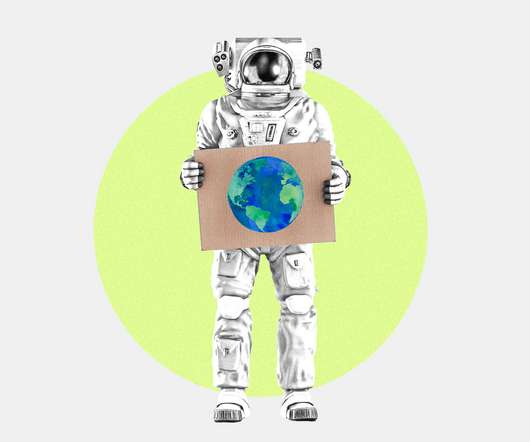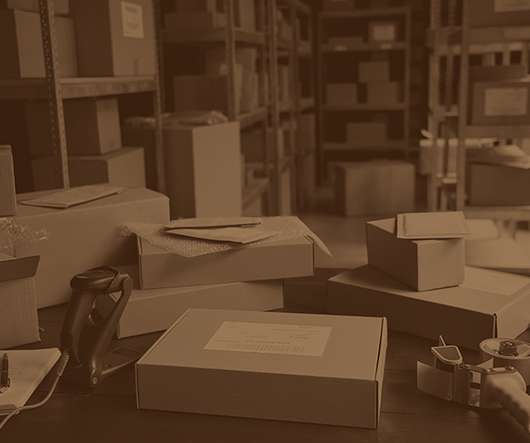Laying Down Our Markers
Elemental Excelerator
MARCH 19, 2019
In order to drastically cut greenhouse gas emissions and protect our planet, we will need to creatively redesign and reinvent our underlying energy, agriculture, water, mobility, and economic systems. And as the first state to set a 100% renewable energy goal, our work here can serve as the beacon for other states and countries to follow.















Let's personalize your content